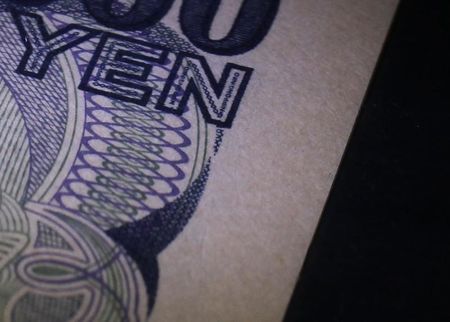
Investing.com– Bank of America Global Research (BofA) maintains a bearish stance on the Japanese yen (JPY) heading into 2025, projecting the USD/JPY exchange rate to reach 160 by the year’s end. The path, however, is expected to be uneven, shaped by U.S. policy shifts.
Following the November U.S. presidential election, expectations of fiscal stimulus drove U.S. Treasury yields and the dollar higher, lifting USD/JPY. While the market has factored in potential tax cuts, BofA anticipates a correction in the pair in early 2025. Policies such as increased tariffs and tighter immigration controls from the incoming U.S. administration could trigger a risk-off environment, initially supporting the yen.
BofA foresees long-term capital flows from Japan to the U.S. accelerating in the second half of 2025, bolstered by deregulatory measures in the U.S.
Japanese firms are likely to increase foreign direct investment in the U.S., mirroring trends from the first Trump presidency. This structural outflow of Japanese capital, driven by adverse domestic demographics and attractive U.S. policy incentives, is set to weaken the yen.
The U.S. Federal Reserve is expected to maintain rates between 3.75-4% through 2025, with the 10-year Treasury yield stabilizing at 4.25%. In contrast, the Bank of Japan (BoJ) is predicted to increase rates incrementally, reaching 0.75% by the end of 2025. Despite this, the rate differential is projected to support carry trades, further pressuring the yen.
The primary risk to BofA’s projections stems from the U.S. economic cycle. Slower-than-anticipated growth or aggressive U.S. currency interventions could challenge the forecast. Domestically, Japan’s fiscal challenges and lack of structural reforms may amplify yen depreciation.
BofA’s forecast of USD/JPY at 160 significantly exceeds the market consensus of 141, as reported by Bloomberg. The bank advises caution in interpreting short-term yen strength as it positions for a longer-term bearish trajectory.
This post is originally published on INVESTING.



